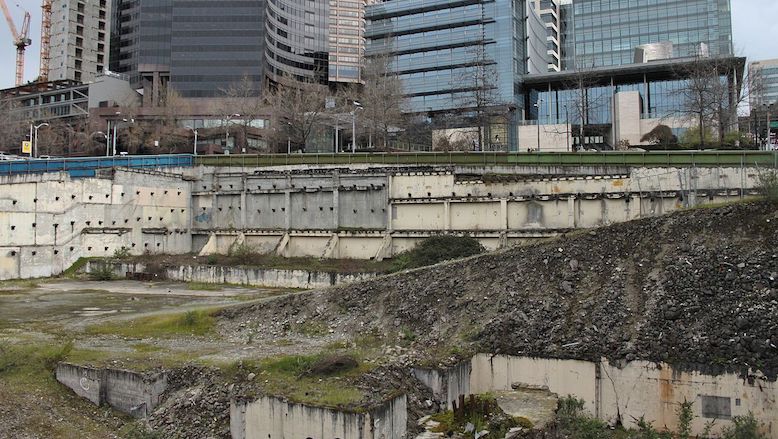Last month, Canadian developer Bosa paused work on a long-anticipated project in the heart of downtown Seattle. The company cited inflation and economic turbulence in halting the plan for a 422-unit condominium apartment building at a partly excavated site opposite Seattle City Hall.
"Volatility in the construction market, as well as commodity and construction price escalations and the great uncertainty they create, continue to be a concern," the company said in a statement released to the Seattle Times. Company officials could not be reached for further comment.
As it turns out, Seattle is growing more costly, and fast.
The city is experiencing a higher increase in one category of cost data, year-to-year quarterly bid cost rates, than other major U.S. cities, says a report by cost consultant and construction manager Rider Levit Bucknall.
First, some perspective.
RLB, which collects cost data on a dozen U.S. cities, wrote that its research suggested that between January 1 and April 1, the national average increase in construction cost was approximately 2.40% (7.50% annualized). In that quarter, Chicago, Denver, and New York City increased faster than the national average.
Seattle is not among the costliest cities for high-end apartment construction. Honolulu, New York City and San Francisco, which have the highest top ranges of cost per square foot for multifamily residential buildings, are the most expensive.
Although Seattle's increase within the first quarter of 2022 is not the highest in the country, the rate there for what RLB describes as year-to-year "true bid costs"—labor and materials, general contractor and subcontractor overhead and profit, and taxes—rose faster than the other cities.
Seattle vs. Chicago, Boston and New York City
Seattle's true bid cost increase from April 2021 to April 2022, 11.28%, is out in front of other fast-rising bid cost cities, including Chicago (9.0%), Boston (8.76%) and New York (8.17%).
In discussing rising costs in general, RLB North America President Julian Anderson cited labor demand among others causes.
He wrote that "the proverbial 'help wanted' sign seems to be the sign of the times in our industry, with the workforce shortage is just one piece of a larger confluence of challenges for the industry."



Post a comment to this article
Report Abusive Comment